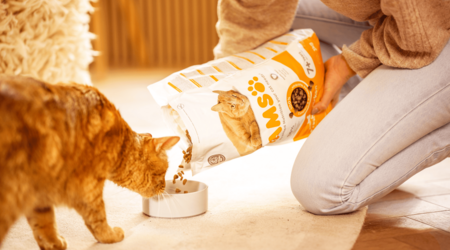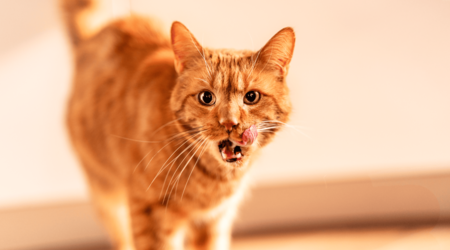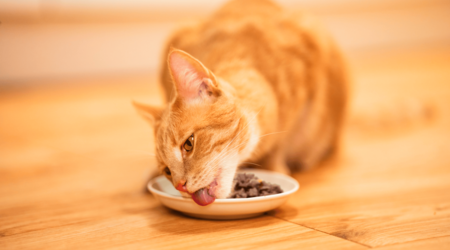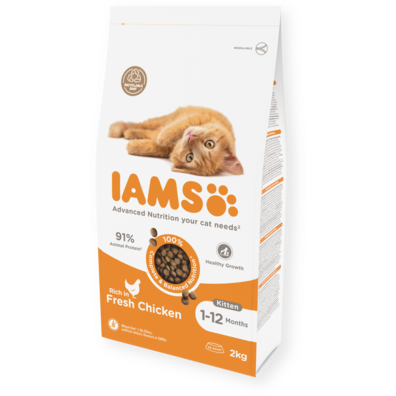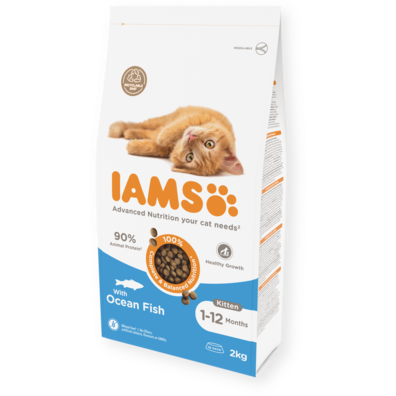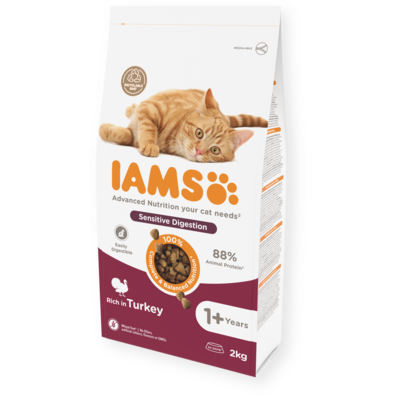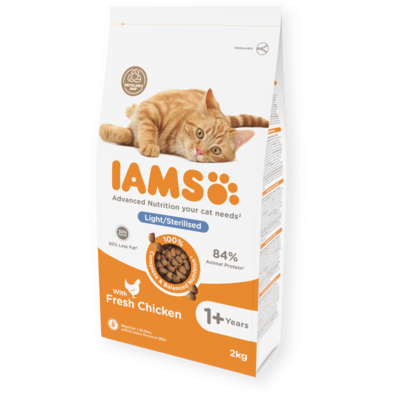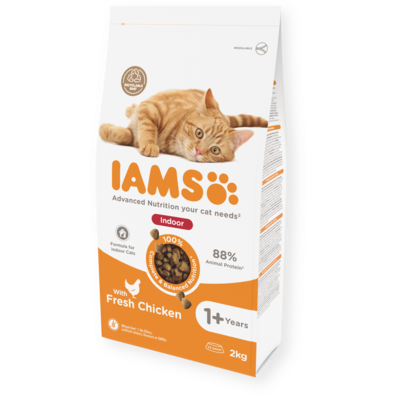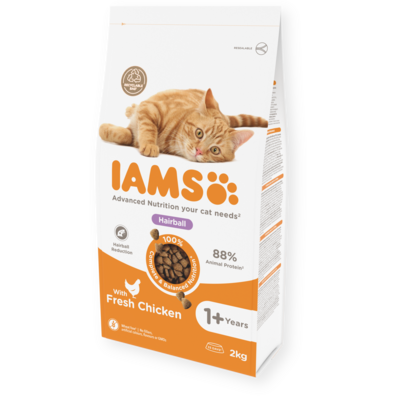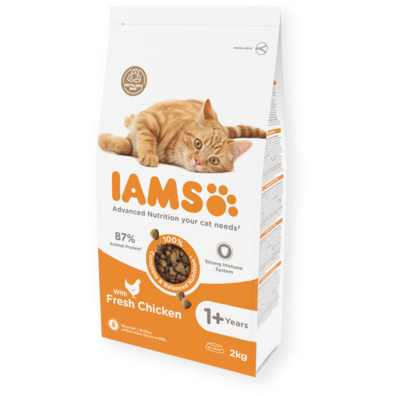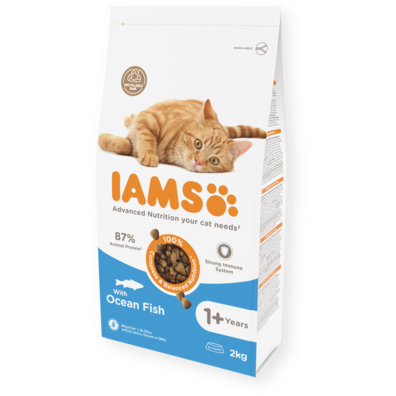Everything you need to know to feed your growing cat
Kitten feeding guide
Feeding your kitten the right food from day one is key to supporting healthy growth, strong bones, and a robust immune system. With so many products on the market, it can be hard to know what kittens really need. This kitten feeding guide breaks down the essentials—from portion sizes and feeding frequency to choosing between wet and dry food options.
-
Kittens need specially formulated food to support rapid growth, strong bones, muscle development, and a robust immune system.
-
High-quality kitten food should be rich in animal protein, healthy fats, calcium, phosphorus, DHA, and taurine, while free from artificial colours and fillers.
-
Feeding frequency depends on age: 8–12 weeks (4+ meals/day), 3–6 months (≥ 3 meals/day), 6–12 months (2–3 meals/day).
-
Wet food aids hydration and ease of chewing; dry food supports dental health; mixed feeding can provide balanced nutrition and variety.
-
Kittens typically transition to adult cat food around 12 months; gradual switching over 4 days helps avoid digestive issues.
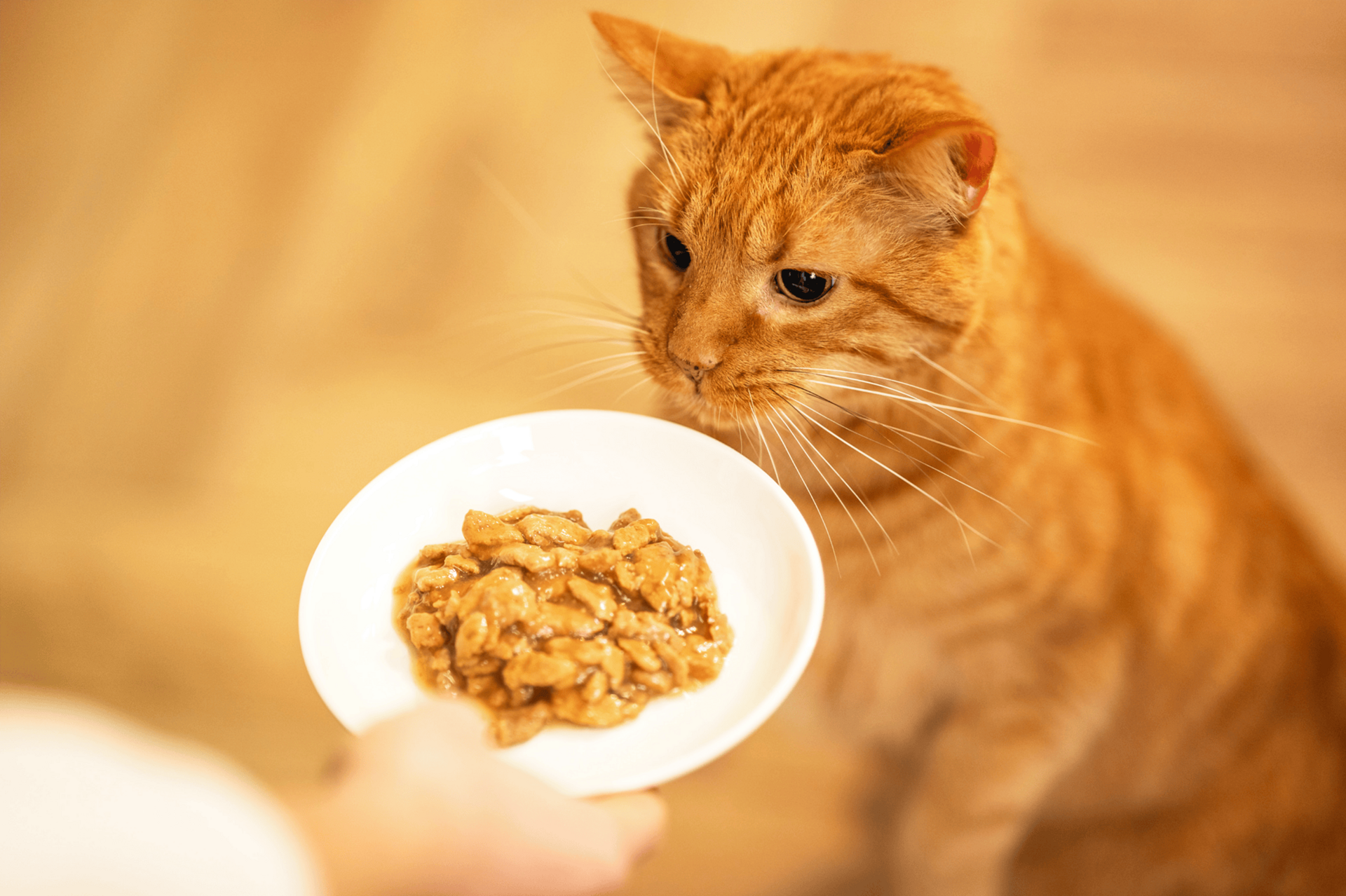
Why do kittens need special food?
Kittens grow quickly in their first year and need a nutrient-rich diet to fuel their energy, build strong muscles and bones, and support healthy development. Adult cat food simply doesn't meet these demands.
High-quality kitten food should provide:
- High protein for muscle growth
- Healthy fats for energy
- Calcium and phosphorus for strong bones and teeth
- DHA (an omega-3 fatty acid) for brain and vision support
How much food should a kitten eat per day?
Kittens need more frequent meals than adult cats to support their rapid growth:
- 8–12 weeks: a minimum of 4 meals daily
- 3–6 months: no fewer than 3 meals a day
- 6–12 months: 2 to 3 meals each day, at a minimum
On average, kittens eat 3–4 pouches of wet food per day, depending on age, size, and activity level. Always follow the feeding guidelines on the packaging and consult your vet for personalised advice.
What is the best food to feed a kitten?
There’s no single answer, but the most suitable kitten food should be clearly labelled for “kitten” or “growth”.
In general, kitten food should be:
- Nutritionally complete and balanced
- Rich in animal proteins like chicken, turkey, or fish
- Free from artificial colours and fillers
Wet or dry cat food for kittens?
Wet Food for Kittens
- Helps with hydration and is easier for kittens to chew
- Opt for recipes with high level of animal protein and no added sugars
Dry Food for Kittens
- Supports dental health and is easy to store
- Choose small kibble that's high in protein and fat
Mixed feeding (a combination of wet and dry food) can be a great way to ensure variety, hydration, and balanced nutrition.
Kitten food: What to look for
When it comes to your kitten's diet, quality is key. That's why IAMS kitten food is specially developed to support healthy growth and development from day one.
Formulated with high-quality ingredients, our recipes are:
- Made with animal source of protein - like chicken or turkey -as the first ingredient
- Enriched with DHA and taurine to help develop brain, vision, and a strong heart
- Free from artificial colours, flavours, and fillers
- For a healthy digestion a tailored fibre blend including prebiotics and beet pulp
With IAMS, you're giving your kitten nutrition that's not only complete and balanced but also tailored to their unique needs in the earliest and most important stage of life.
When should kittens stop eating kitten food?
Most kittens should stay on kitten food until they’re around 12 months old. This is when their growth over, and they’re ready for the lower calorie content of adult cat food.
Avoid switching too early—kitten food is specially formulated to support healthy growth. If in doubt, consult your vet before transitioning.
Transitioning to adult cat food
When it’s time to switch, do so gradually over 4 days to avoid upsetting your cat’s stomach:
- Start by mixing a small amount of adult food with their usual kitten food
- Increase the ratio of adult food each day
- Watch for any signs of digestive issues or refusal to eat and adjust if needed
Conclusion: The right kitten food sets the foundation for a healthy life
Feeding your kitten a balanced, species-appropriate diet is key to healthy growth, strong immunity, and overall well-being.
Choose high-quality food tailored to your kitten’s needs—and explore our full range of kitten food to give your little feline the best possible start in life.
FAQ
The healthiest kitten food is rich in protein, fat, and essential nutrients like DHA and taurine. Choose food made specifically for kittens and unnecessary additives.
Most kittens eat 3–4 pouches per day, depending on their age and size. Always refer to the packaging and your vet’s advice.
Kittens typically switch to adult cat food at 12 months, but the timing can vary. Gradual transition is key.
Both have benefits. Wet food provides hydration, while dry food supports dental health. A mix of both often works best.
